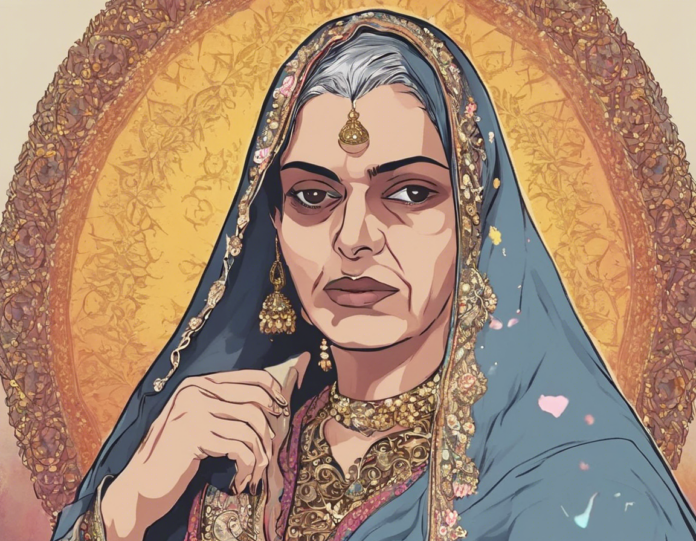Introduction
The Shah Bano case is a landmark legal and socio-political event in the history of India that stirred significant controversy and debate. In this comprehensive article, we will delve into the intricacies of the case, exploring its background, key factors, legal implications, and the broader societal impact it has had.
Background
The case revolves around a Muslim woman named Shah Bano, who was divorced by her husband in 1978. Following the divorce, Shah Bano filed a petition under Section 125 of the Criminal Procedure Code (CrPC) seeking maintenance from her husband. The controversy began when the Supreme Court of India ruled in favor of Shah Bano, granting her the right to maintenance beyond the iddat period as per Muslim personal laws.
Legal Framework
One of the central issues in the Shah Bano case was the conflict between personal laws and constitutional rights in India. Muslim personal laws are based on Sharia principles and govern matters such as marriage, divorce, and inheritance within the Muslim community. However, Article 44 of the Indian Constitution calls for a Uniform Civil Code (UCC) to promote gender justice and equality.
Supreme Court Judgment
In its landmark judgment in 1985, the Supreme Court upheld Shah Bano’s right to maintenance under Section 125 of the CrPC, stating that the provisions of the CrPC apply to all Indian citizens, irrespective of their religion. The Court emphasized the need to protect the rights of Muslim women and ensure gender justice.
Political Backlash
The judgment in the Shah Bano case triggered a strong political backlash from conservative Muslim groups who viewed it as an interference in Muslim personal laws. The then Prime Minister, Rajiv Gandhi, succumbed to these pressures and introduced the Muslim Women (Protection of Rights on Divorce) Act, 1986, overturning the Supreme Court’s decision.
Societal Impact
The Shah Bano case highlighted deep-rooted issues of gender discrimination and unequal rights for women in India. It raised questions about the need to harmonize personal laws with constitutional values and ensure justice and equality for all citizens, regardless of their religious affiliations.
Repercussions
The aftermath of the Shah Bano case was significant, as it brought to the forefront the debate on Uniform Civil Code and the need for reforms in personal laws to align them with constitutional principles. The case also underscored the challenges of balancing religious freedoms with individual rights and social justice.
Conclusion
The Shah Bano case remains a pivotal moment in the legal history of India, symbolizing the complex interplay between personal laws, constitutional rights, and gender equality. While the case sparked controversy and debate, it also catalyzed discussions on reforming archaic laws and ensuring justice and dignity for all individuals, especially women, in a diverse and democratic society like India.
Frequently Asked Questions (FAQs)
1. What was the Shah Bano case about?
The Shah Bano case involved a Muslim woman seeking maintenance from her husband after being divorced. The Supreme Court ruled in her favor, granting her the right to maintenance under the CrPC.
2. Why was the Shah Bano case controversial?
The case was controversial due to the clash between Muslim personal laws and constitutional rights in India. It reignited debates on the Uniform Civil Code and gender equality.
3. What was the Supreme Court’s judgment in the Shah Bano case?
The Supreme Court upheld Shah Bano’s right to maintenance under Section 125 of the CrPC, emphasizing gender justice and the applicability of secular laws to all citizens.
4. How did the government respond to the Shah Bano case?
In response to the backlash from conservative Muslim groups, the government enacted the Muslim Women (Protection of Rights on Divorce) Act in 1986 to overturn the Supreme Court’s decision.
5. What were the broader implications of the Shah Bano case?
The case highlighted the need to reform personal laws, promote gender equality, and uphold constitutional values. It sparked discussions on the Uniform Civil Code and women’s rights in India.













